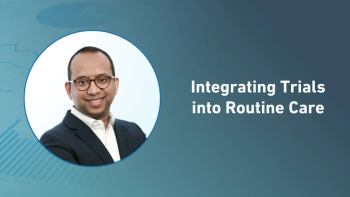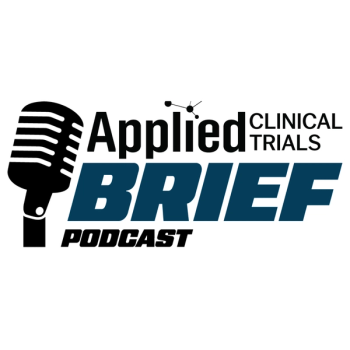
Building Broader Investigator Networks to Advance Global Breast Cancer Research
Addressing the imbalance in clinical trial workloads by empowering mid-level investigators and using AI to expand access to high-quality, diverse research leadership.
In a recent video interview Applied Clinical Trials, Gen Li, PhD, MBA, president, Phesi, highlighted results from the company’s new analysis on global inequity in breast cancer development. He discussed the geographic concentration of breast cancer trial leaders in the US and China, with a positive outlook on global diversity. Operational barriers in lower-income countries were attributed to traditional business models, with opportunities to implement a more patient-centric approach by leveraging artificial intelligence (AI) and machine learning. Li addressed the lack of local KOLs in underserved areas by emphasizing the importance of identifying local leaders. He also stressed the need to redistribute trial workloads and improve recruitment by using AI to identify and activate new sites.
The interview transcript was lightly edited for clarity.
ACT: Given breast cancer is the most-studied disease globally, why do trial operations remain so unevenly distributed, and what changes are needed to make studies more inclusive?
Li: [It’s] actually quite painful for me to watch—and from our database—you see people so single-mindedly looking at those most active investigators and just counting how many trials they have done, using that as a performance indicator.
The result of that is that the people on the top [become] overly worked and overloaded, [which affects] recruitment results. Just imagine—one of our [investigator] analyses showed that the top 100 or so lung cancer investigators in the US, the median number of recruiting clinical trials [they were listed on] is 50. Just imagine, the vast majority of those trials will never get a single patient from those people.
On the other hand, you have those [mid-level or] younger, more energetic, very good investigators—[people] having reasonably well-established profiles from our perspective—and those are the people [with whom] you have a much better chance to be successful. But you’re also widening the spectrum of people you can work with in a very substantial way, and that is the way to go.
It’s not only [about] artificial intelligence—it’s nothing “artificial.” You have to build [on] a lot of solid work and [develop] the right ways to interpret those data. And therefore, you can build on those things.
So, just using, for example, generative AI in the clinical development setting is not sufficient. While generative AI is a part of AI, AI itself is not just generative AI. That’s why we’ve spent 20 years building those activities. And if you’re tracking many of my activities in Applied Clinical Trials, you [can] see how my ideas have advanced [in that area] over those years.
Newsletter
Stay current in clinical research with Applied Clinical Trials, providing expert insights, regulatory updates, and practical strategies for successful clinical trial design and execution.






.png)



.png)



.png)
.png)
